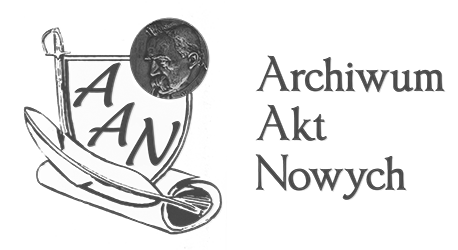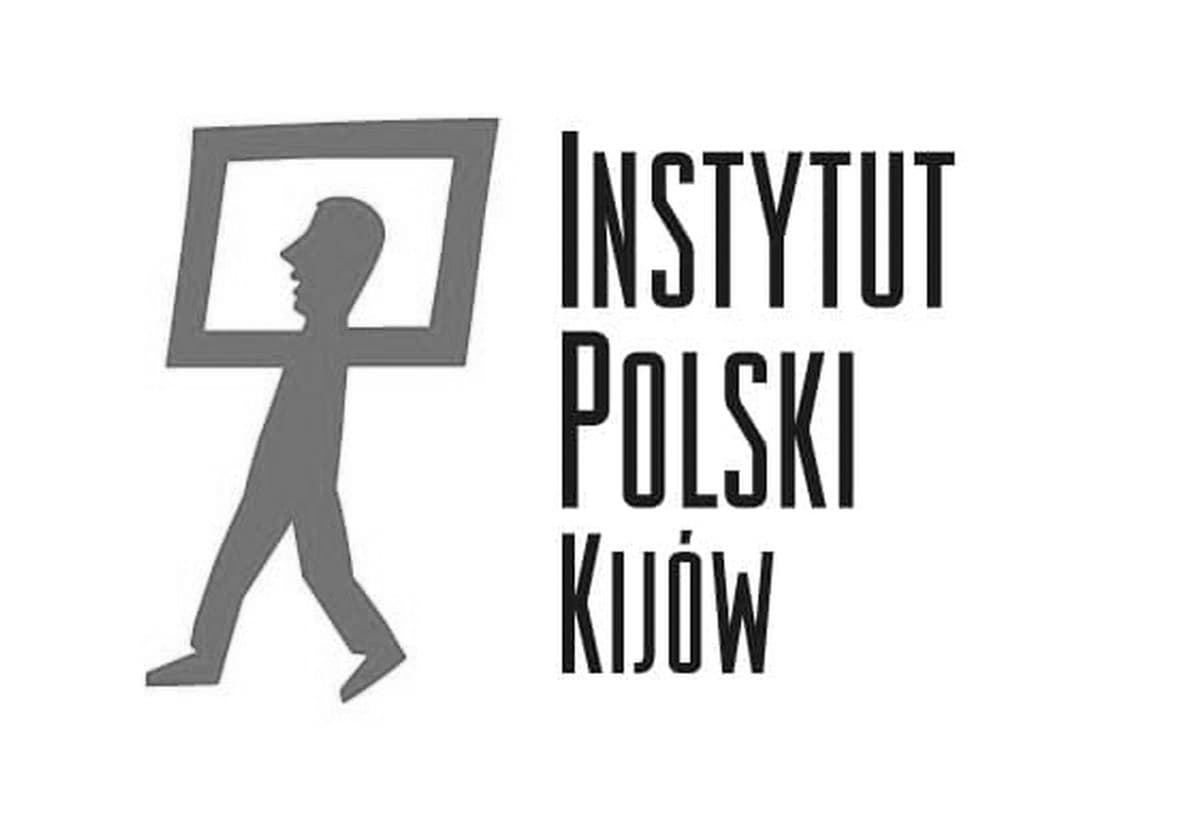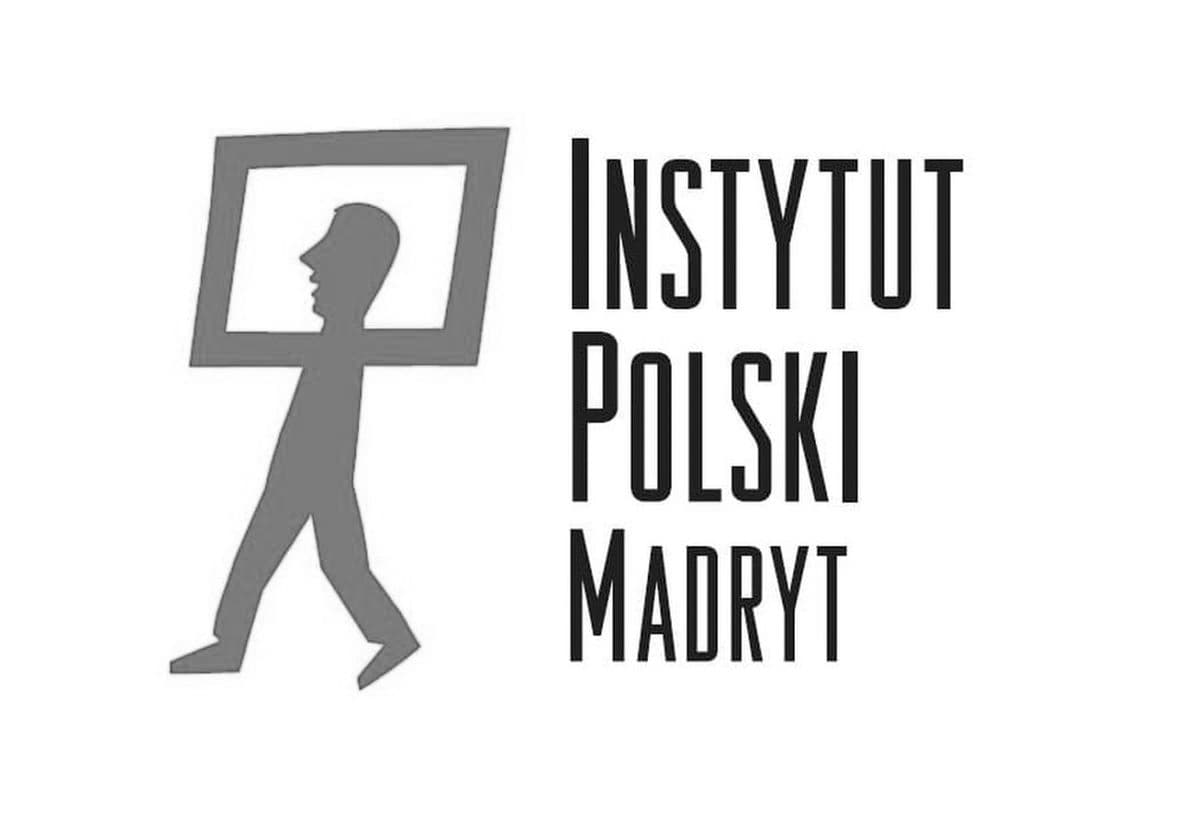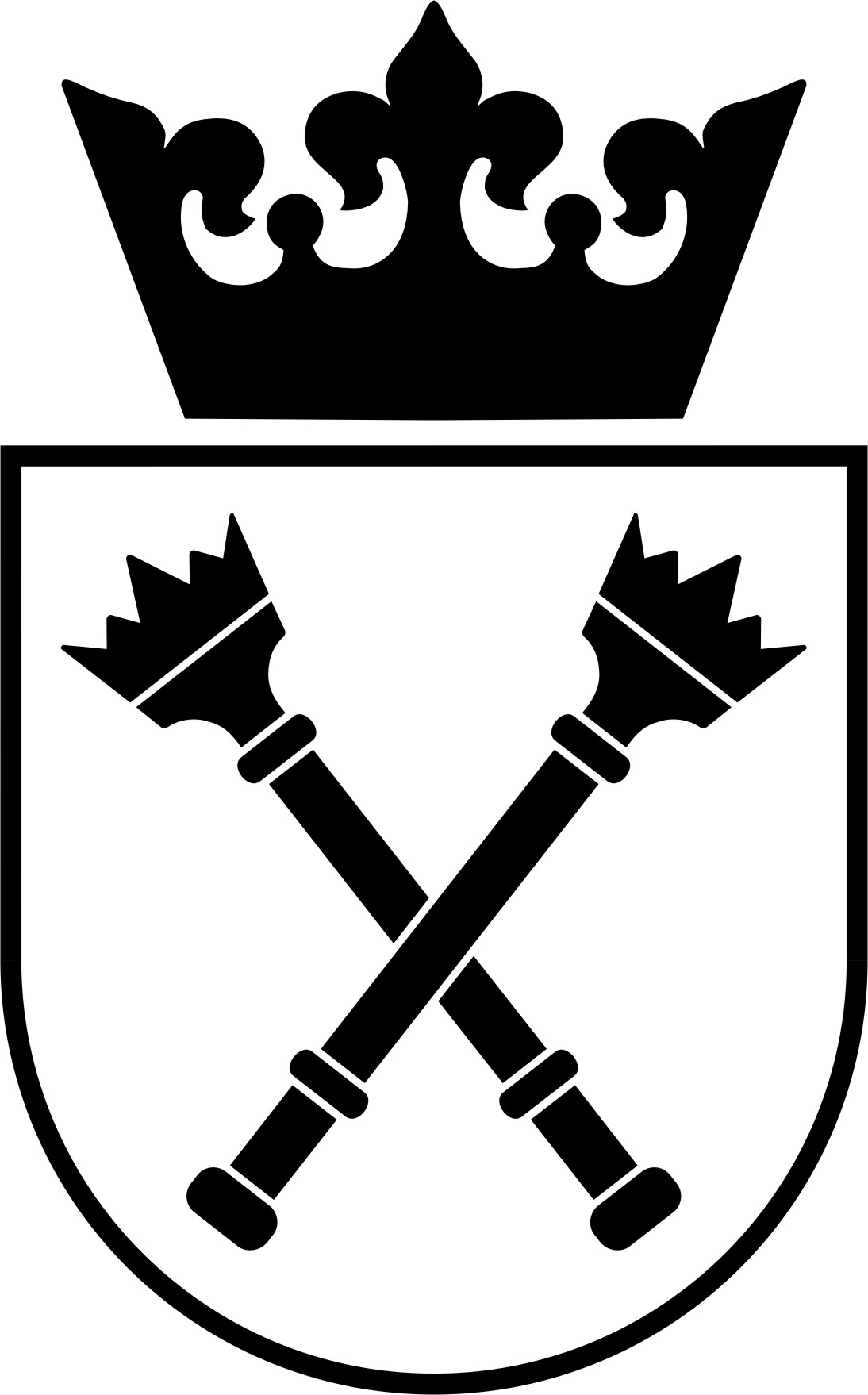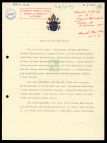Christmas as Imagined by John Paul II
“The Christmas wafer is the bread of reconciliation. (...) If God is reconciled with us, then I, a man, must be reconciled with my brother. We share this Christmas wafer with different people, sometimes very close to us, with whom we have a lot in common, but sometimes there is also something that divides us. And we share the Christmas wafer with distant people with whom we have very little in common”.
Nativity scene in St Peter's Square at the Vatican. Photo. Donatella Giagnori/ EIDON/REPORTER/ East News
Drag timeline
1223
The first Nativity scene in Greccio (Italy) arranged at the request of St. Francis of Assisi. The beginning of the Nativity scene tradition.
Late 15th century
The origin of the Christmas tree tradition; the first accounts come from Germany (Alsace).
1969
Pope Paul VI blesses for the first time the statues of the Infant Jesus brought by children to St Peter's Square from the home crèche on the third Sunday of Advent. This custom has been continued ever since.
1982
At the request of John Paul II, the Christmas tree and the Nativity scene are erected for the first time in St Peter's Square in Rome.
1997
A Christmas tree from Poland, from Księżówka, made its way to the Vatican.
Traditional celebrations of Christmas in Italy differ from those in Poland. On the Apennine Peninsula, as in many countries around the world, Christmas is not celebrated on Christmas Eve, but on Christmas Day - 25 December. The custom of sharing the Christmas wafer during a festive Lenten dinner is unknown. The dinner on Christmas Eve is often held in a festive atmosphere, but is not central to the celebrations. The dishes are also completely different - they represent Mediterranean cuisine, which varies from region to region.
Caroling into the night
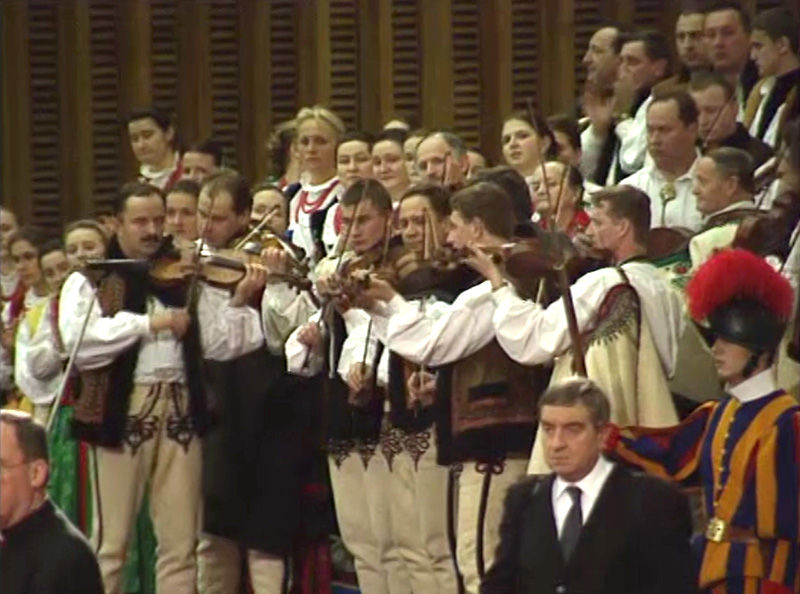
Highlander band in the Paul VI auditorium at the Christmas wafer meeting in 1996. Photo. CMJP2 Archive
Karol Wojtyła saw great value and deep sense in specifically Polish Christmas traditions. This is what he said about carols as the Archbishop of Krakow, in 1973, during a meeting with the Jesuit academic community: "Christmas in Poland is something quite special. (...) I think that it expresses the genius of the Polish soul in a special way - in the Christmas experience, in everything that this Christmas experience has shaped in the history of our religion, Christianity and culture. (...) This is not a coincidence that there are so many Christmas carols in Poland, certainly more than in the traditions of other nations. This is not a coincidence. It is very precise evidence of the specific nature of the Polish soul, of its attitude to God incarnate, to the mystery of the Incarnation."
Theology of carols
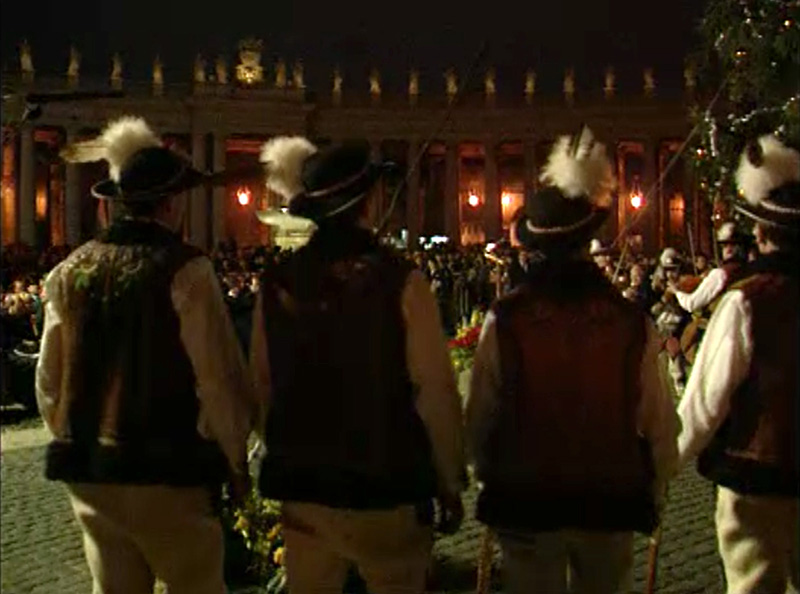
Caroling Highlanders in St. Peter's Square in the Vatican. Photo. CMJP2 Archive
In the Vatican, the Pope had his favourite canticle book, from which he sang memorably, together with his guests, throughout the Christmas season - both in the Vatican and in Castel Gandolfo. “I can't even count these meetings,” recalled the secretary of John Paul II, Archbishop Mieczyslaw Mokrzycki. Through such energetic carol singing with his entourage and guests, he not only soothed his longing for the homeland and continued the tradition he had started while still a youth pastor, but also delved into the meaning and significance of Christmas.
Bread of reconciliation
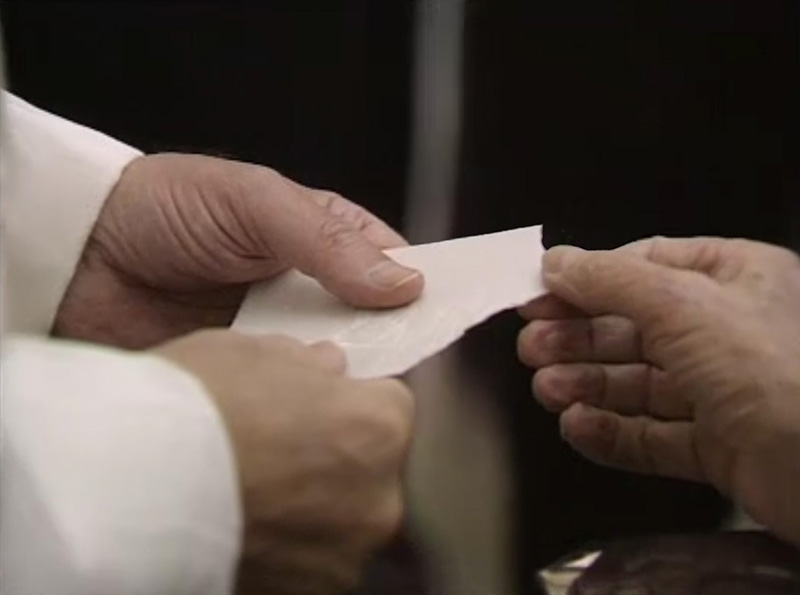
The Christmas wafer with Poles in the Paul VI hall - 1990. Photo. CMJP2 Archive
Another specifically Polish custom, cultivated by John Paul II in the Vatican, was the sharing of the Christmas wafer. He symbolically shared it with the pilgrims who had arrived from Poland during the traditional meeting with them in the Paul VI hall, a few days before Christmas. He also had the habit of attaching a wafer to the greeting cards he used to send out at Christmas. He shared Christmas wafer personally with his collaborates at the traditional Christmas Eve dinner on 24 December. This supposedly initially upset the Western European hierarchy, who, not being familiar with this custom, associated the Christmas wafer with the host.
Empty space
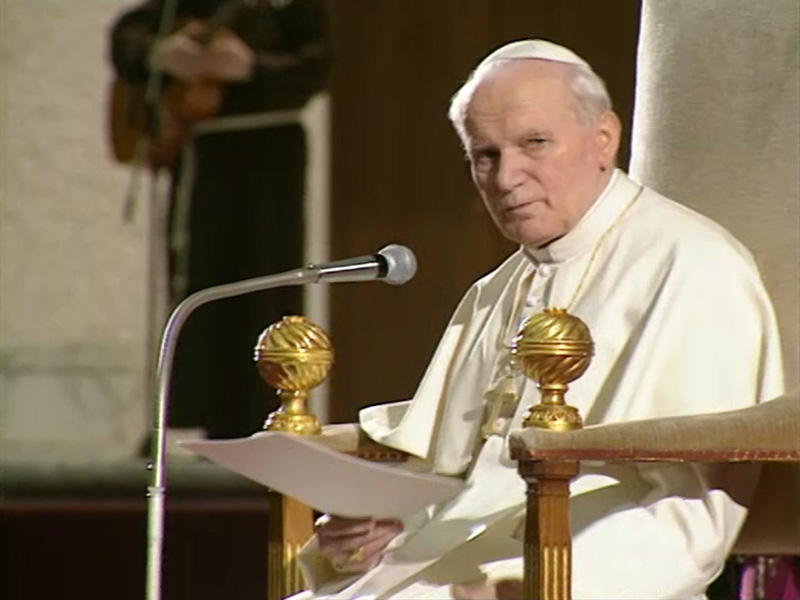
The Christmas wafer with Poles in the Paul VI hall - 1993. Photo. CMJP2 Archive
Special preparation of the table for Christmas dinner occupies an important place in Polish Christmas Eve customs. Twelve traditional Lenten dishes, the hay and the Christmas wafer. This is all complemented by leaving one empty space available. There are many explanations for this custom - some perceive it as a tribute to the deceased who are supposed to share the dinner with us, while in the borderland tradition it is sometimes referred to as waiting for an exile to return from Siberia. The most basic sense is surely that of ordinary human openness to a neighbour in need. Also in the Vatican, at the Christmas table of John Paul II, despite the large number of people present, there was a vacant place setting.
Nativity scene and Christmas tree
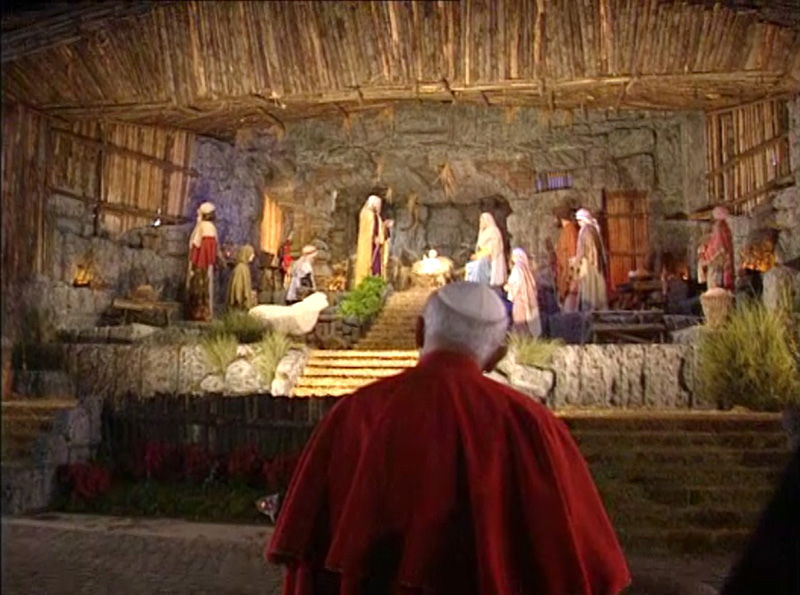
John Paul II at the nativity scene in St Peter's Square. Photo. CMJP2 Archive
Apart from the specifically Polish customs, there are also some that do not astonish in Italy. The tradition of decorating the Christmas tree, which originated in Germany, is also practised on the Apennine peninsula. Nativity scenes are known all over Europe and the arrangement of the Nativity scene with live animals originates from the very heart of Italy - for the first time such a crib appeared under the inspiration of St. Francis at Greccio, in 1223. Therefore, the tree, or the Cracovian nativity scenes, appearing in large numbers in the apartments of John Paul II during the Christmas season, was not a surprise.
However, the public presentation of a huge Christmas tree and the Nativity scene at St Peter's Square in 1982 caused an uproar, with rumour spreading that it was considered by some Italian church dignitaries to be incompatible with the solemnity of the place. In the end, however, not only was this custom never abandoned, but it was actually turned into the annual tradition. Since then, every year the Christmas tree at St Peter's Square has been a gift from a different European region. A spruce from the garden of the so-called Księżówka retreat house in Zakopane came to the Vatican in 1997.
Call for peace
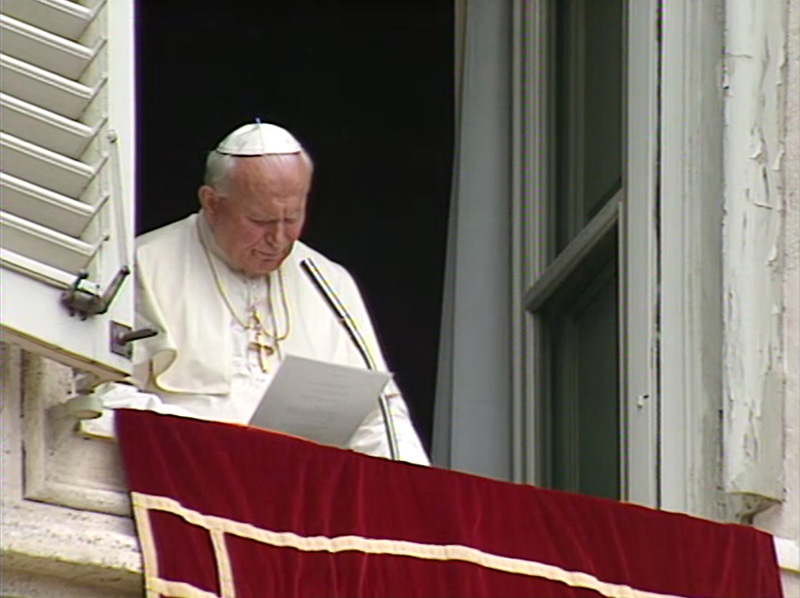
Urbi et Orbi Message 1996. Photo. CMJP2 Archive
No less important than the festive customs were the official papal speeches at Christmas. The solemn midnight pastoral service is an ancient tradition that unites Christians across denominational divides. The mess celebrated at St Peter's Square had always attracted innumerable crowds.
The solemn Urbi et Orbi message delivered on Christmas Day from the balcony of the Basilica is also an element of Christmas much older than the pontificate of John Paul II, but in his time the message sometimes took the form of a poetic prayer. Broadcast through the media worldwide, it was yet another opportunity for him to highlight the message of peace prevalent during the Christmas season. John Paul II usually referred to specific events, praying for example for the victims of the conflicts in Darfur or Iraq. After his message and before the Apostolic Blessing, the Polish Pope offered his greetings to the faithful in dozens (at the end of his pontificate even in 62) of languages.
Many of these speeches and homilies, listened to by large crowds of the faithful, marked the style of John Paul II's pontificate. A very striking example can be found in the last Urbi et Orbi message, delivered on 25 December 2004:
Before the crib where you lie helpless,
let there be an end to the spread of violence in its many forms,
the source of untold suffering;
let there be an end to the numerous situations of unrest
which risk degenerating into open conflict;
let there arise a firm will to seek peaceful solutions,
respectful of the legitimate aspirations of individuals and peoples.
Since the pontificate of Paul VI, it has also become customary to celebrate the World Day of Peace on the New Year's Day and to deliver an annual papal message to mark the occasion. John Paul II continued this tradition by addressing specific challenges to peace in his speeches, such as the lack of religious freedom and the need to combat poverty.
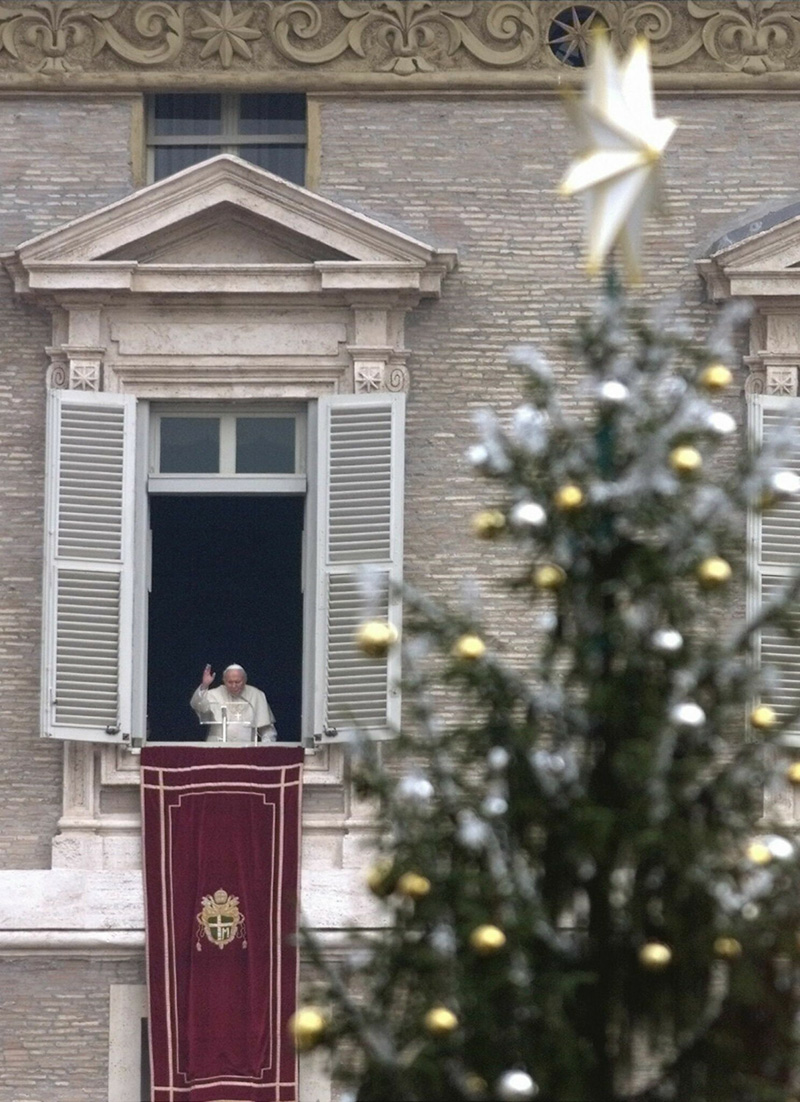
The Pope blessing the faithful during the Angelus on 12 December 1999. Photo. Gabriel Bouys AFP/East News
John Paul II Quotes about Christmas
About the Christmas tree:
The message of the Christmas tree is consequently that life stays ‘evergreen’ if we make a gift of it: not so much of material things, but of life itself: in friendship and sincere affection, in fraternal help and forgiveness, in time shared and reciprocal listening. (Angelus, Fourth Sunday of Advent, 19 December 2004)
About the Nativity scene:
Small or large, simple or elaborate, it is a familiar and most vivid representation of Christmas. The Nativity scene is a feature of our culture and art, but above all it is a sign of faith in God, who in Bethlehem came ‘and dwelt among us’ (Angelus, Third Sunday of Advent, 12 December 2004)
About the Christmas wafer:
The Christmas wafer is texactly the bread of reconciliation. God comes to man, God offers us reconciliation with himself.... And from here he arises, as it were man's first response. If God is one with us, if Christ is born in Bethlehem, then I, as a human, must be reconciled with my brother (message to Poles attending the Youth Meeting in Rome, 1 January 1983).
About an empty seat at the table:
It is a beautiful custom to leave one seat free at the table, for someone who may come from the road, for a stranger. These simple gestures mean a lot. They symbolize the goodness of the human heart, which sees in another person – especially in a person in need – the presence of Christ and calls to bring a brother and sister into the atmosphere of family warmth, according to the old polish saying: ‘Guest at home – God at home’. (message to Poles, 20 December 1997).
About a baby in a crib:
This is the icon of Christmas: a tiny newborn child, whom the hands of a woman wrap in poor cloths and lay in a manger. (Homily during Midnight Mass, Christmas, 24 December 2002)
The Child laid in a lowly manger: this is God's sign. The centuries and the millennia pass, but the sign remains, and it remains valid for us too – the men and women of the third millennium. It is a sign of hope for the whole human family; a sign of peace for those suffering from conflicts of every kind; a sign of freedom for the poor and oppressed; a sign of mercy for those caught up in the vicious circle of sin; a sign of love and consolation for those who feel lonely and abandoned.
A small and fragile sign, a humble and quiet sign, but one filled with the power of God who out of love became man. (Homily during Midnight Mass, Christmas, 24 December 2002)
Sources
Photos/documents
Audio Records
Documents
Event Place
Choose location...
St. Peter's Square
Bethlehem
Greccio
Księżówka
Kraków
Keywords
General:
Persons index:
Geographical index:
Project implemented by: 

Project co-financed by: 

Patronage: 

Partners: 